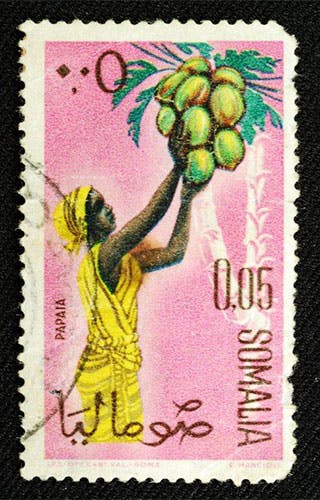Forced Migration: The Experiences of Somali Women Living in the United Kingdom

This project was designed in response to the expressed concerns of a group of refugee Somali women who had strong views about the lack of understanding of the acute needs of their fellow women. The study focused on Somali women living in Birmingham, in the UK.
It is estimated that in 2006, there were about 35,000 Somalis living in this area, about 50 per cent of them women (Information Centre about Asylum and Refugees (ICAR) 2006).
Little is known about Somali refugee women but contextualising their new life circumstances with their previous experiences can facilitate an understanding of the issues they face and help to explain why the women have experienced resettlement in the ways that they have.
Using a descriptive phenomenological approach, 33 women participated in the research. Data was collected between 2006 and 2008 using individual interviews or focus groups. Data was analysed using Giorgi's (1975) four stages of phenomenological data analysis.
The data analysis revealed that although all of the women had shared similar migration journeys, forced migration had impacted on them differently. It was clear that while some women were adapting well and moving towards a state of recovery, others remained trapped on a downward spiral of loss, in a state of anomie. The differences were so significant that the term 'running differently' was used to describe them.
This study argues that the homogenising discourse assumed by the official views of refugee women is problematic. Rather than facilitating attachment to, and integration into British society, the overarching social policies may, in some instances, inadvertently reinforce the barriers that prevent Somali refugee women from adapting to their new environment and rebuilding their lives. This has important implications for all working with Somali refugee women.
Professionals, if they are to meet the needs of these women, need a practical framework which enables them to recognise and work with the inherent differences between the groups of women.
The downward spiral of loss model developed from this research does this and can be applied at all levels of practice. It illustrates how and why the different groups develop, and why the one-dimensional view of refugee women often portrayed in the literature as well as in policy documentation is inappropriate.
To continue with policies and practice that endorse the 'one size fits all approach', will mean that many Somali women will continue to remain trapped in a downward spiral of loss and trauma, thus missing out on the opportunity to rebuild their lives.
References
Information Centre about Asylum and Refugees. (2007) The Somali Refugee Community in the United Kingdom. London: Information Centre about Asylum and Refugees.
Download the summary report of this project
This project has been conducted by Barbara Howard-Hunt.